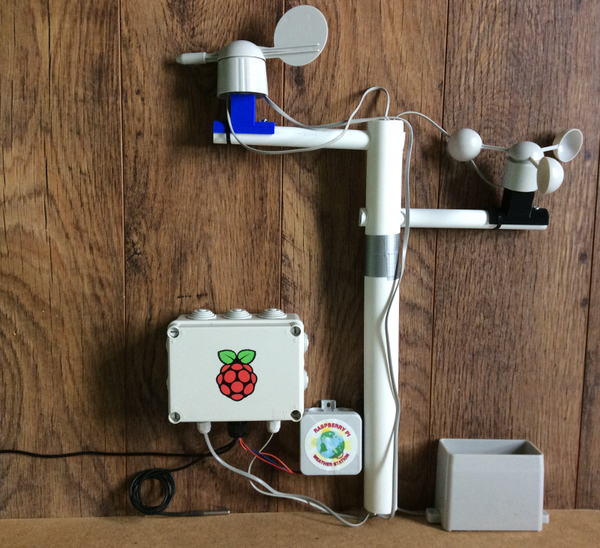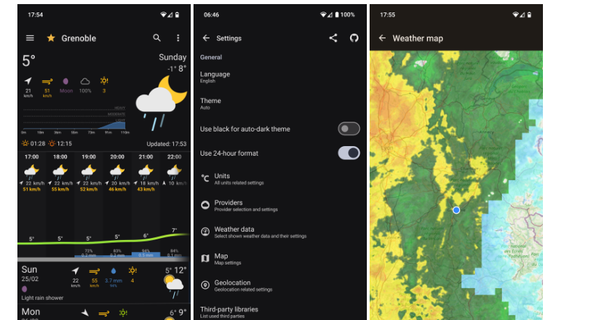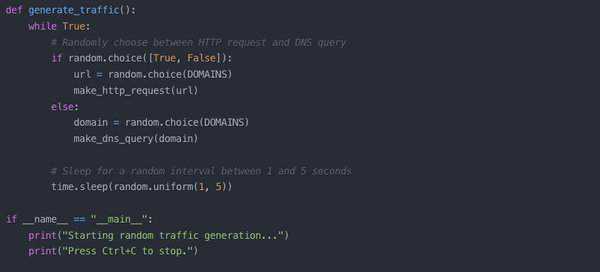Mastering Data Manipulation with Python: A Comprehensive Guide to Reading and Writing Text, CSV, and JSON Files
In the ever-expanding world of data-driven decision-making, Python is a powerful tool, providing developers and data enthusiasts with many libraries and functions for manipulating data files. One of the most fundamental tasks in data handling involves reading and writing files, and Python offers a versatile and efficient way to tackle this challenge.
In this article, we will embark on a journey to master the art of reading and writing Text, CSV, and JSON files in Python. We will explore the different techniques and libraries available, delve into practical code samples, and uncover the potential of Python in unleashing the true potential of data.
The Power of Python - A Brief Overview
Before diving into the depths of file manipulation, let's take a moment to appreciate the power of Python as a programming language. Known for its simplicity and readability, Python has captured the hearts of developers worldwide. Its robust libraries, such as Pandas, NumPy, and JSON, enable seamless data handling, making it a top choice for data analysis and manipulation tasks.
Understanding Text Files and Their I/O Operations
Text files are the most basic and widely used form of data storage. Understanding how to
read and write data from and to text files is essential for any aspiring Pythonista.
1- Reading Text Files
Reading a text file is akin to opening a portal to a world of information. Python's built-in functions, like open() and read(), allow us to access and extract valuable insights from text files effortlessly.
Imagine having a text file called "data.txt" containing valuable customer reviews for a product. To read its contents, we can use the following code:
Python
With open('data. txt', 'r') as file:
Contents = file.read()
print(contents)
Writing to Text Files
Writing data to a text file is like penning our observations for future reference. Python's file-handling capabilities facilitate this process with ease.
Let's say we want to create a new text file named "observations.txt" and write some notes. The code below will accomplish that:
Python
With open('observations. txt', 'w') as file:
File.write("Today's observations:\n")
file.write("1. The temperature is soaring.\n")
file.write("2. Birds are chirping merrily.\n")
file.write("3. Clouds are gathering in the west.\n")CSV - The Tabular Data Format
Comma-Separated Values (CSV) files are widely used for storing tabular data, such as spreadsheets and databases. Python's CSV module comes to our rescue, enabling us to handle these data-rich files seamlessly.
Reading CSV Files
Reading data from CSV files requires finesse, and Python's CSV module offers a reader object that simplifies the process. Let's take a look at how we can read data from a CSV file
named "employees.csv":
import csv
With open('employees. csv', 'r') as file:
reader = csv.reader(file)
for row in reader:
print(row)Writing to CSV Files
Writing data to CSV files is equally important when working with data-centric applications. The CSV module provides a writer object to streamline this process:
import csv
data = [
['Name', 'Age', 'Department'],
['John', '32', 'Marketing'],
['Alice', '28', 'Finance'],
['Robert', '40', 'Operations']
]
with open('employee_data.csv', 'w', newline='') as file:
writer = csv.writer(file)
writer.writerows(data)JSON - The Human-Readable Data Interchange Format
JavaScript Object Notation (JSON) is the preferred format for exchanging data between applications. Python's built-in JSON module makes it a breeze to work with JSON files.
Reading JSON Files
Reading data from a JSON file is a straightforward process in Python. Let's consider a JSON file named "data.json" containing information about a book:
Python
import json
With open('data. json', 'r') as file:
book_data = json.load(file)
print(book_data)
Writing to JSON Files
Writing data to a JSON file is equally simple with Python. Suppose we want to save information about a new book to a file named "new_book.json":
import json
book_info = {
"title": "The Power of Python",
"author": "John Doe",
"publication_year": 2023,
"genre": "Programming",
"pages": 300
}
With open('new_book.json', 'w') as file:
json.dump(book_info, file)Final Verdict:
As we conclude our journey through the fascinating world of reading and writing data files in Python, we have equipped ourselves with powerful tools and techniques to tackle real-world data challenges. Python empowers us to manipulate data with finesse and ease, from simple text files to structured CSV and human-readable JSON.
Through a combination of storytelling, code samples, and comprehensive explanations, we have uncovered the hidden potential of Python, making the arcane world of file I/O accessible to all.
So, let us continue to harness the power of Python, exploring the vast landscapes of data manipulation and forging a path towards a future empowered by knowledge and data-driven insights. As we continue to evolve, we will undoubtedly unlock new doors to innovation and understanding, leveraging the art of Python to unlock the full potential of our data-driven world.
FAQ’s
1. What's the best Python library for handling tabular data like spreadsheets and databases?
Pandas - Its intuitive DataFrame structure is perfect for seamless data handling.
How can I read and write CSV files in Python? Why are they famous?
Python's CSV module simplifies reading/writing. CSVs are widely used for data exchange.
3. Why is JSON ideal for human-readable data interchange, and how does Python help?
JSON's readability and Python's JSON module make data interchange effortless.
4. How can Python storytelling improve data reports?
Engage readers with vivid language, anecdotes, and relatable content.
5. What are SEO best practices for Python articles?
Use relevant keywords, descriptive meta-tags, and focus on reader engagement.








